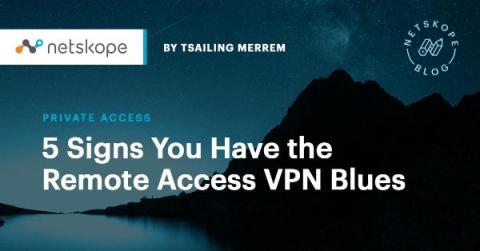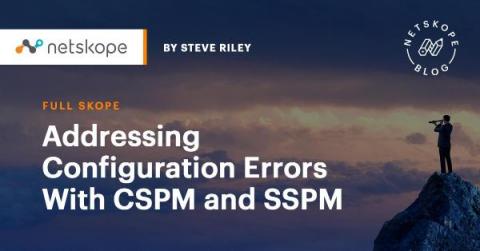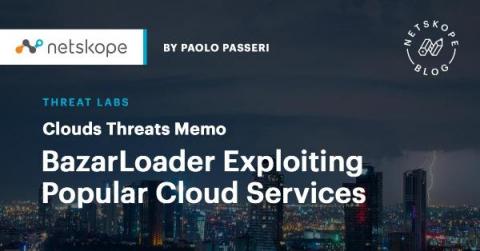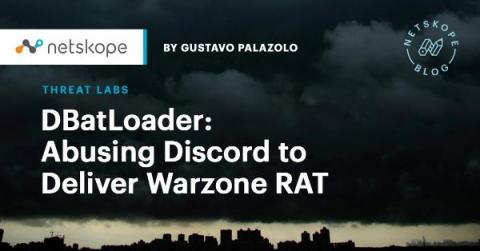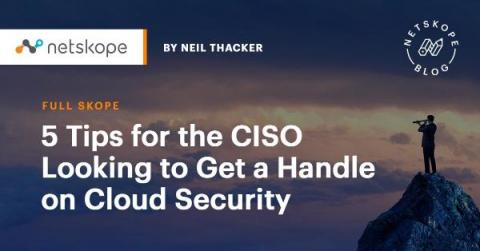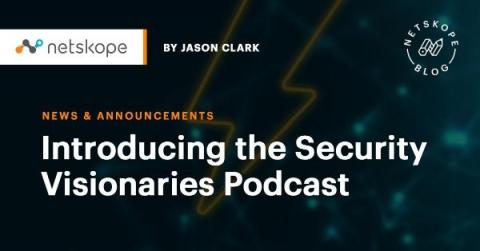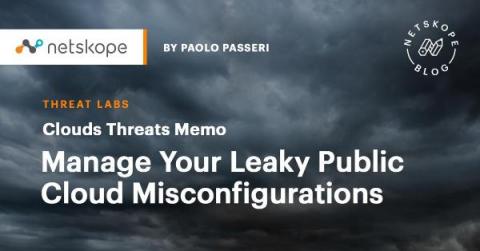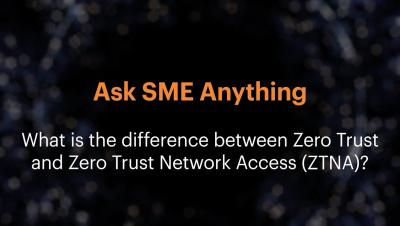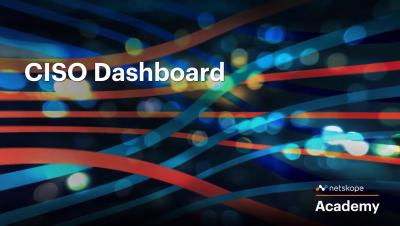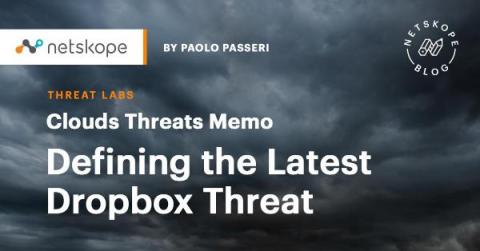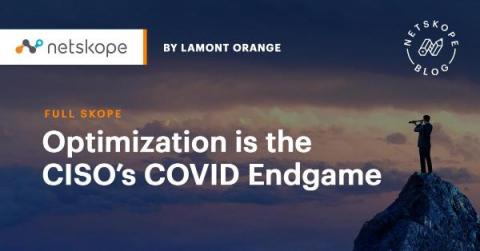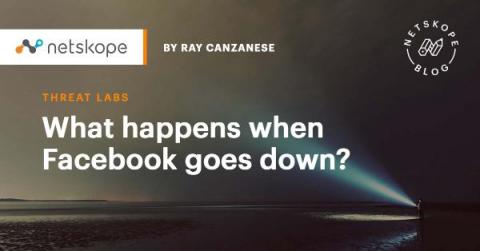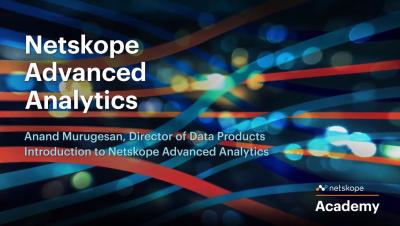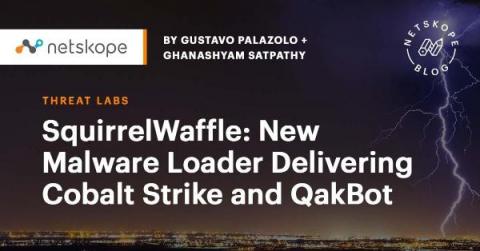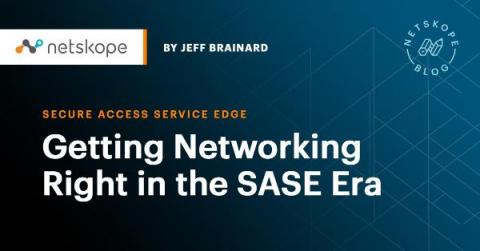5 Signs You Have the Remote Access VPN Blues
As the pandemic wears on, and return to work plans continue to shift and morph, there’s really never been a better time to re-evaluate how your organization is handling remote access. Your hastily put-together VPN setup may have gotten the job done in the early days of lockdown, but is it really ready to protect a hybrid workforce that’s now used to flexibility and choice? Here are five signs that it might be time to reconsider your remote access VPN.


